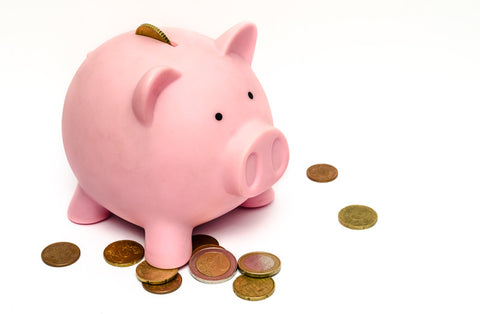
It's a buzzword for sure: Alexander Technique.
Everyone thinks they know what it is and how it can or can't help them in their music practice. I thought I knew what it was.
Then I interviewed Ingrid Chun, a successful violinist who has had a long career playing with the Los Angeles Philharmonic and she credited an Alexander Technique class she took at Juilliard with changing the entire way she approached playing her instrument and her recovery process afterward.
So I figured it was time to broaden my mind and learn from an expert. While that full interview with Alexander Technique specialist, Dr. Heidi Leathwood, is coming to you tomorrow, in preparation, I'd like to share with you what we now know about the biological science behind the Alexander Technique. (There's a whole realm of mental and neural science for a later time...!)
As Dr. Leathwood summarized, Alexander Technique is about "doing less so the bodies natural coordination comes into play."
This natural coordination is all centered around the idea of a "neutral position" or spine and how the head balances at the top of it. A neutral spine should not be confused with a singular, stationary position that the spine is forced to stay locked into. Instead, a neutral spine refers to a range of motion and an awareness on what your body should come back to when in a resting position.

Our spine has four main sections: Cervical, Thoracic, Lumbar and Pelvic and is made up of 33 vertebrae stacked on top of one another and circling and protecting the spinal cord. If you were to take a long straight line and run it down the back, the body should touch the line in three places: the back of the head, the upper back and the sacrum.
While F.M. Alexander was keeping journals and developing his technique about this neutral state in the late 1800's to early 1900's, 100 years later, M.M Panjabi, PhD, came out with his own model of spinal stability in 1992 while studying Orthopedics and Rehabilitation at Yale University. Panjabi confirmed that, "The spinal stabilizing system adjusts so that the neutral zone remains within certain physiological thresholds to avoid clinical instability." Basically, if we have a strong muscular stability in place as a result of exercise, our spine can move within a zone of appropriate motion.
Panjabi used his findings to develop a model of exercise that emphasized stability. Less than 30 years later, his stability findings were expanded upon to develop a complementary and encompassing ideal of mobility around the spine which was published in 2013.
Panjabi's model of stability finds that our neural (nerves), active (muscles), and passive (joints and soft tissues) systems should function harmoniously, meaning that each one should act in accordance with both of the others.

While in Hoffman and Gabel's 2013 publication, they mirror Panjabi's stability model with the expanded upon and necessary model for mobility.

This expanded model shows that both stability and mobility in all three systems are required to have healthy and direct relationships with each of the others. So we should never be moving out of a healthy range of motion for our muscles, nerves or joints/tissues when engaging in actions requiring mobility.
Enter the musical instrument.
An object which requires our bodies to sit in a fixed and unnatural posture and engage in movements which we repeat for extended periods of time.
This is where Alexander Technique becomes invaluable for some players. The role of the Alexander Technique is to so firmly implement the idea of neutral, whether mobile or stationary, that our brain and body is able to more quickly recover to a natural state after being forced out of it.
Up to 80% of Americans experience back pain at some point in their lives and (I'm guessing) within the music community it is even higher. While over time spinal vertebrae naturally deteriorate much of the pain can be lessened or prevented through core strength and proper posture. Alexander Technique can help you locate this proper posture, undoing patterns our body has associated and ingrained into our "muscle memory" as correct.
For my full interview with Alexander Technique specialist, Dr. Heidi Leathwood, check out tomorrow's podcast release and blog post where I'll be sharing resources to locate Alexander Technique teachers in your area as well as links to other scientific discoveries mentioned in our interview.
Top athletes, no matter their main sport, train in the weight room and spinal stability and mobility has been largely researched and expanded upon in the world of sports medicine. The well documented truths and successes are widely applied to keep endurance and power athletes in top shape and injury free. I believe it's time to apply these methods to our music practice so train like an athlete to play like a musician.
Less pain and more music!
Karen







